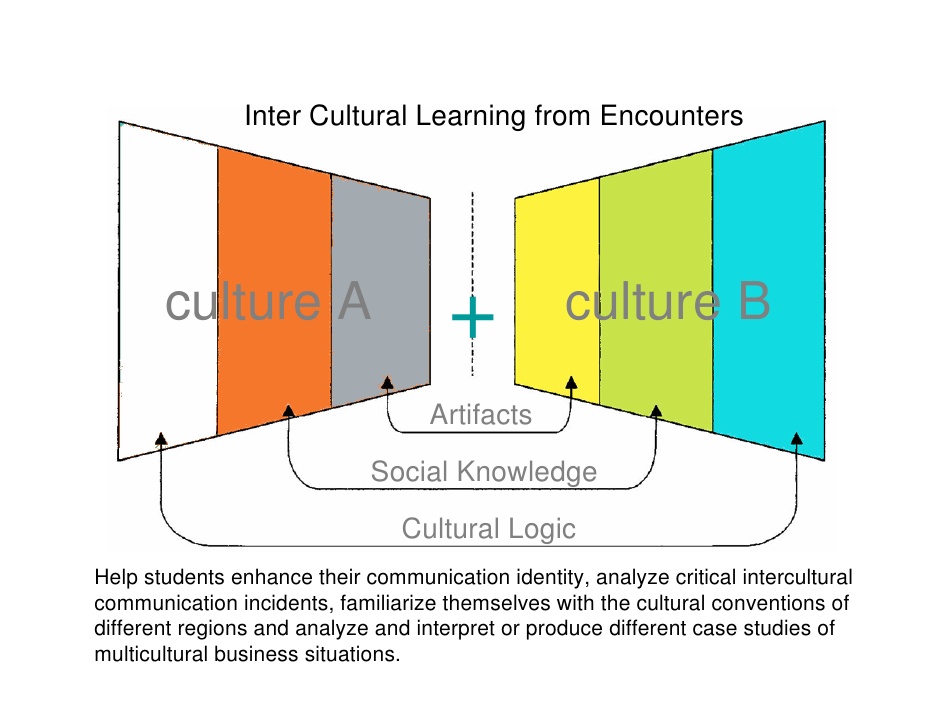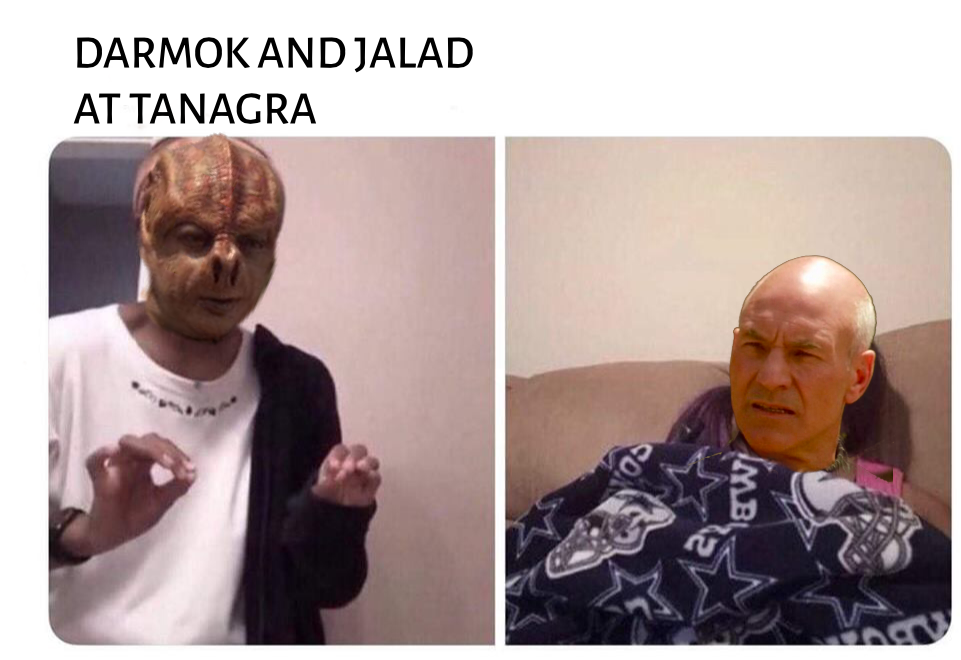ATA5
During Assignment #5, I learned more about the various Bantu languages in South Africa: isiZulu, isiXhosa, Sepedi, Setswana, Sesotho, Xitsonga, siSwati, Tshivenda, and isiNdebele; as well as the one non-Bantu language, Afrikaans. Further, I learned how the cultures present in South Africa established differentiation within the various languages’ lexicons, as well as language concepts different from English.
I could apply the concepts I learned in this assignment to learning a second language, as well as continuing to reflect on English as a language. After this assignment, I reflected on the little Spanish I know. Specifically, the areas where I most often have to correct myself; I realized I wasn’t fully encapsulating the syntax and grammar through the cultural context. For example, in English, I may say “I am a student” to describe that segment of my identity. However, in Spanish, I would say “Soy Estudiante.” It means the same thing, “I am a student,” but there is no “a” separation from “I am” and “student” in Spanish to differentiate “being a student” apart from other, separate identities. It would be as if saying “I am student” in English. The assignment made me realize the conceptualization of a person’s “occupation” more fully encapsulates one’s identity in Spanish than it does in English.
Assignment #5 was personally relevant to me because it made me reflect on English as a language and how it’s concepts are different from other languages. For example, it was introspective to learn that many Bantu languages do not have any words or concepts for “strangers” or “acquaintances” because, in those languages, people are just people you know or don’t know. It made me question why English has these categorizations in such a hierarchical fashion; the only thing that made sense is that English really likes to separate and categorize people. It was the same for reflecting on how the Bantu languages do not differentiate between “immediate family” and “extended family”; family is just family. The categorizations certainly create precision in the English language, but it was also uncomfortable to realize we have so many categories for cognitively segregating people. It’s something that I’ll continue to think about long after the semester is over.

Retrieved from: https://www.magzter.com/articles/7820/305386/5bb5ef20b5eed
ATA4
During Assignment #4, I learned about how media (specifically, advertisements) influences our perceptions of gender, gender roles, and gender stereotypes and how perceptions of gender can also change media; in essence, how culture and media have a reciprocal relationship. Further, I compared and contrasted advertisements in Hong Kong to ads in the United States to understand both culture’s perceptions of gender.
I could apply the concepts I learned in this assignment to my everyday life: cognitive analyses of my culture, interpretations within my culture, and even cognitive awareness in other cultural contexts. By learning how gender, gender roles, and gender stereotypes permeate nearly every aspect of our society, I can apply that knowledge to question established norms in traditional-masculine contexts and keep a more open mind in egalitarian-feminine settings.
Assignment #4 was personally relevant to me because it introduced new ways to analyze culture (i.e., through “ideal” media representation). I also got to learn a little more about Hong Kong through their advertisements. That is, of course, with the understanding that ads do not represent real-life; rather, to some extent, advertisements could give someone a conceptualization of the artifacts and ideals that a particular society or culture values.

Retrieved from: https://www.marketing-interactive.com/coca-cola-officially-debuts-tall-can-design-in-hk/
ATA3
During Assignment #3, I learned how much of a cognitive adjustment is required when a student from one culture is placed in a completely different culture, and the challenges that come with it. I read through the blog diary of Carter Wynne, a cultural exchange student who got to explore Tokyo, Japan, from the cultural perspective of an American from Maine.
I could apply what I learned in this assignment to my other psychology classes, particularly “Abnormal Psychology.” The concept of the “self” and a person’s “identity” can be lost or challenged with some psychological disorders, such as Dissociative Disorders, or the symptoms that come with them, such as with Stress Disorders. While I was learning about Stress Disorders and Dissociative Disorders in my Abnormal Psychology class, I was also recalling what “identity” and a person’s “sense of self” really means in the context of their life and culture. This assignment helped me see, through Wynne’s blog diaries, how a person’s sense of self and identity can be challenged in a non-clinical way, and even altered and changed.
Assignment #3 was personally relevant to me because it allowed me to see the gradual, week-to-week progression of someone as they’re exploring a new, different culture. It was interesting to see how Wynne transformed from “just wanting to get away for a semester,” to considering Tokyo, Japan as a home she did not want to leave. It was also insightful to see how Americans are perceived in another country (i.e., Japan), and how we’re perceived in other countries (i.e., the U.K.; via insights from the other cultural exchange students that weren’t from the United States). It was insightful but disappointing. It was made clear that the Trump Administration has damaged the “general perceptions” of Americans in many countries.

Retrieved from: https://www.slideshare.net/HBO-I/cultural-exchange20-12525600
ATA1
During Assignment #1, I learned about Dr. Milton Bennett’s work on categorizing various stages of “intercultural sensitivity.” In learning about the multiple stages of intercultural sensitivity, I reflected on my own life experiences, my interactions with other cultures, and my reactions to those cultural interactions to analyze my own cultural sensitivity objectively (rather, as objectively as possible when analyzing one’s self).
I could apply the concepts I learned in this assignment to another class I’m taking this semester: a sociology class; Race, Ethnicity, Crime & Justice. This class has a heavy focus on the intersectionality between race, crime, and justice; however, it has also been exploring cultural perceptions with a definition of “ethnicity” that is similar to the one in this class. My other class also recognizes that ethnicity, race, and culture are not the same thing, but they can be misinterpreted as such by the general population (especially within specific segments of the criminal justice system).
Assignment #1 was personally relevant to me because it allowed me to self-reflect in a memorable way, reinforcing some of the concepts we’ve learned so far in the course. For example, in determining precisely how to separate the conceptual terms for “culture,” “ethnicity,” and “race.” The assignment also made me reflect on other ways I didn’t get to write about due to time constraints and already feeling like I had written “too much” when the minimum limit was set for two pages. After four pages, I felt like I should cut back. On top of looking at how “I” personally perceive the world, my limitations in visualizing anything outside of a “human” context as a living being on Earth, and my interactions with my friend JR; I was going to analyze how many younger people today are questioning a traditionally “sacred value” within American culture: democracy. It is an interesting question, and one worth looking into as American culture ebbs into the future and changes with time. I think it’s both relevant and essential to scrutinize the ideals one was indoctrinated into; if nothing more than to critically evaluate one’s self.

Incorporating one of the greatest Start Trek: The Next Generation (TNG) episodes into a meme; this meme traditionally signifies one person trying to communicate with another, as the other person looks confused. I chose this meme because, in the context of this particular TNG episode, it’s about Captain Picard trying to communicate with a Tamarian; the entire episode revolves around their attempts to communicate. By the end of this profound, insightful episode, the Captain (and the audience) realize that the Tamarians speak in metaphors unique to their own cultural history. Knowing their cultural context and their cultural history was the key to effective communication. I think (to those that would recognize the cultural context of the meme itself and the context of the episode) this meme speaks volumes about cultural sensitivity, specifically the process of adaptation and integration.
Retrieved from https://artemisiabarnes.tumblr.com/post/185449771122/shaka-when-the-walls-fell